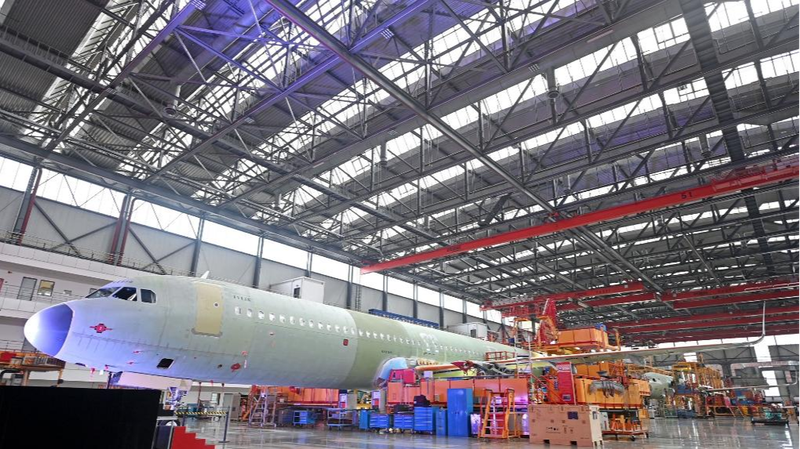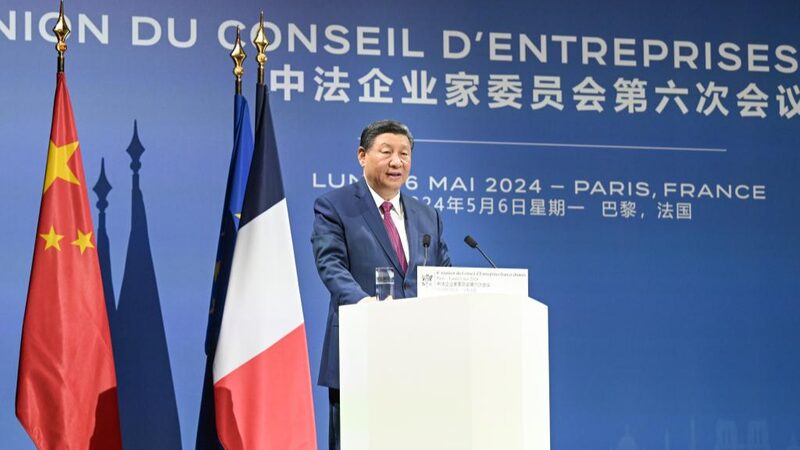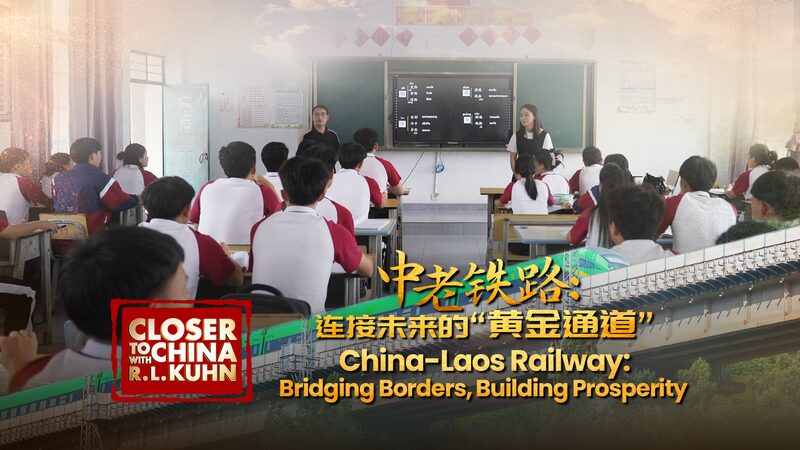Amidst the bustling streets of Wuhan, the capital of China’s Hubei Province, stands the historic Dazhimen Railway Station. Nestled between modern apartment buildings and busy expressways, this decommissioned station, designed by French architects and operational since 1903, symbolizes the enduring connection between China and France.
For many, France is more than a distant land; it’s intertwined with daily life. Before the COVID-19 pandemic, over two million Chinese tourists visited France annually, making it their most popular European destination. French wines grace many Chinese tables, with China importing nearly 30% of its wine from France.
The relationship is reciprocal. Chinese investments have revitalized over 900 French companies, providing employment for more than 50,000 local workers. Notably, a 210-year-old French castle chose to outfit itself entirely with appliances from China’s Haier group, showcasing the mutual appreciation and trust between the two nations.
Sixty years ago, France laid the groundwork by becoming the first major Western country to establish formal diplomatic relations with China at the ambassadorial level. Today, France continues to act as a bridge between China and the West. French President Emmanuel Macron advocates for Europe’s strategic autonomy, emphasizing the importance of independent relationships: “We want to have the best possible relationship with China. We want and we have to work with China to fix climate change, biodiversity crisis and a lot of conflicts in this world… We want to find the right way to respect each other.”
Their cooperation spans various sectors. France is China’s third-largest trading partner within the European Union, and China is France’s largest trading partner outside the bloc. French companies like Airbus have expanded operations in China, with the launch of Airbus A320’s second final assembly line in Tianjin in 2023. Even in sensitive industries like semiconductors, collaboration thrives, as seen with Europe’s second-largest chipmaker, STMicroelectronics, developing a joint venture in Chongqing.
This deep-rooted relationship enriches day-to-day life in both countries. Like the historic Dazhimen station, it stands as a testament to a partnership that is both intimate and elevated, built on a great history and poised for even greater potential.
Reference(s):
cgtn.com








